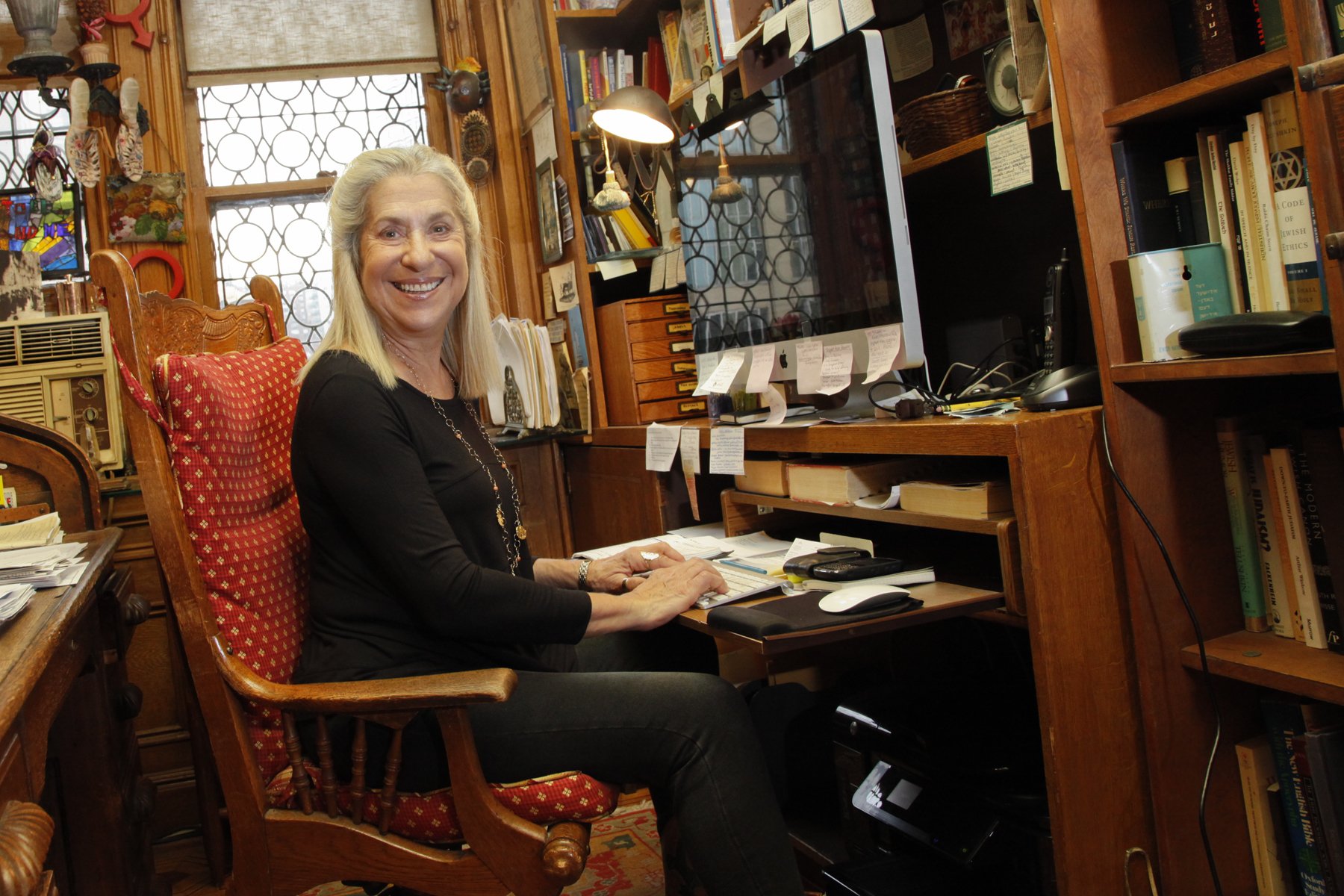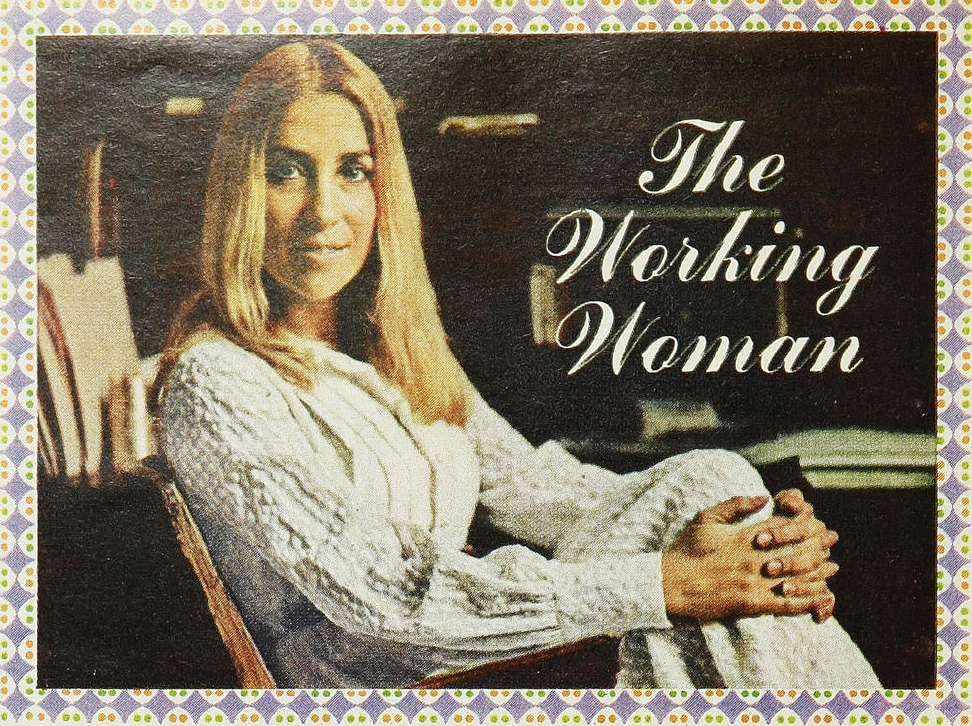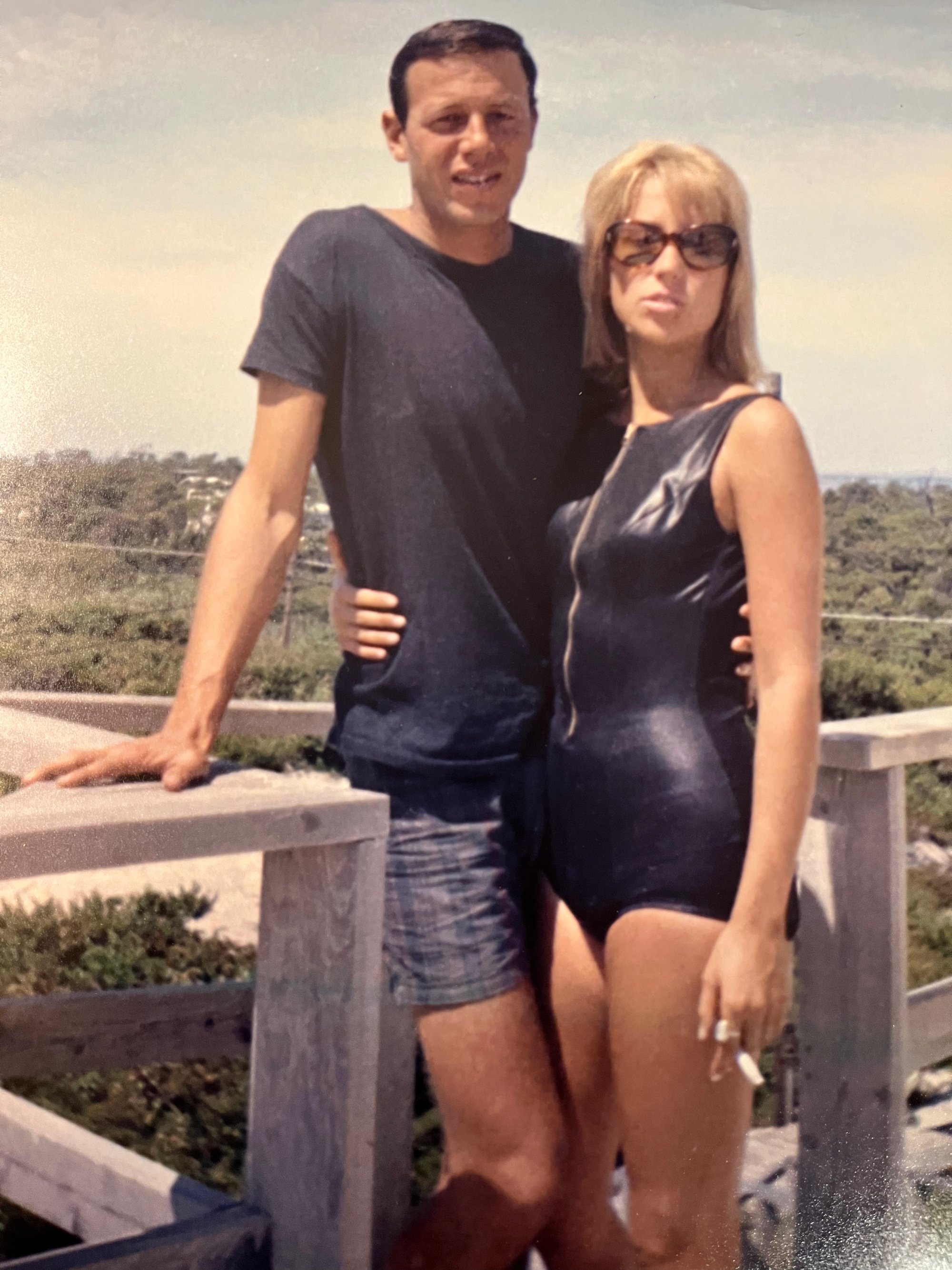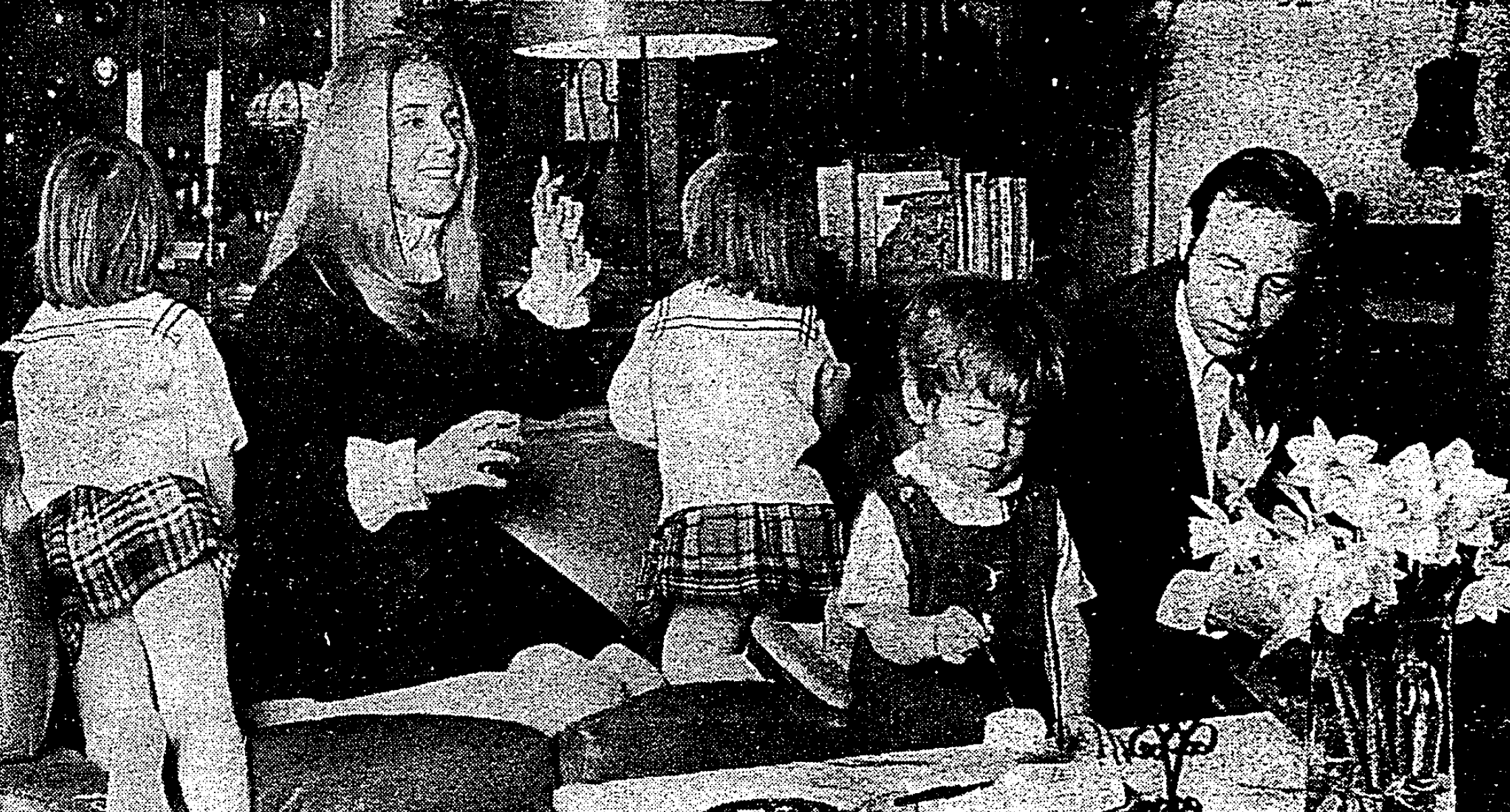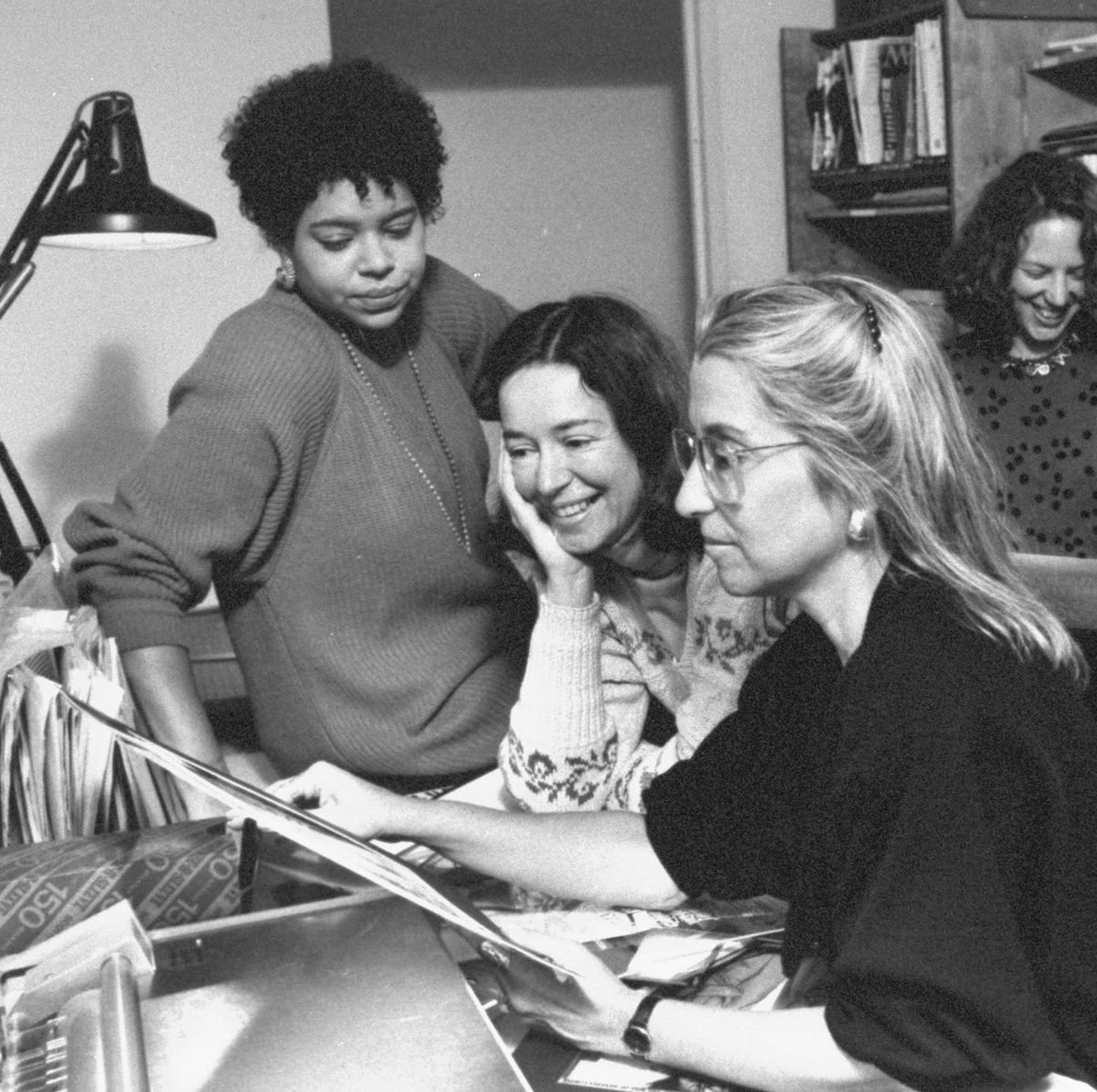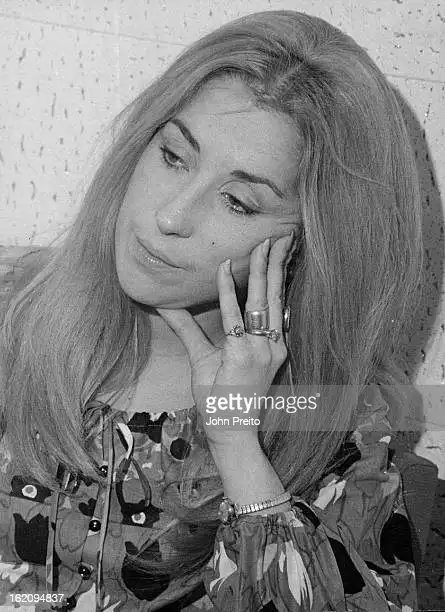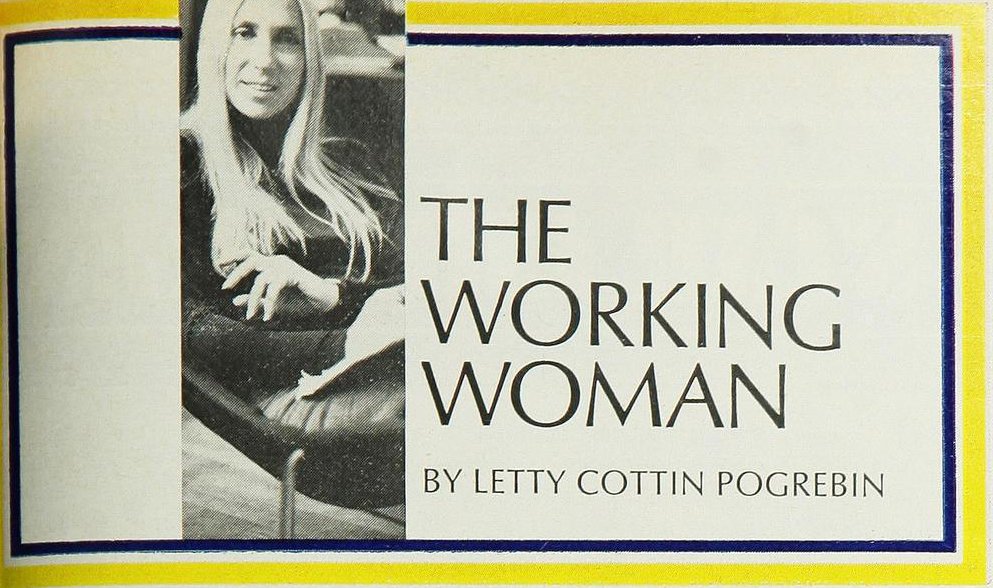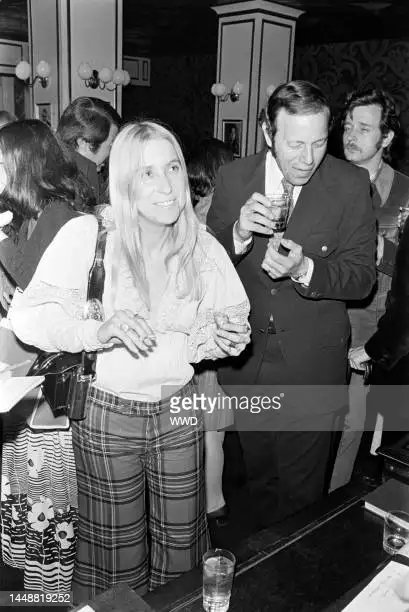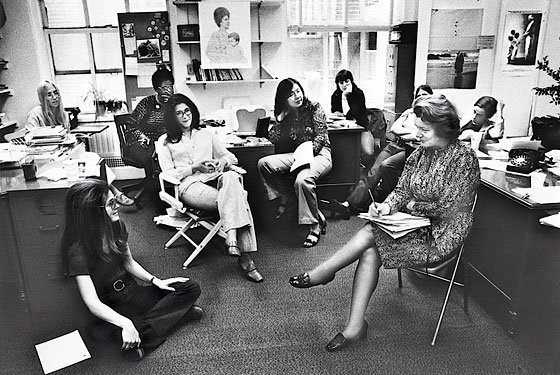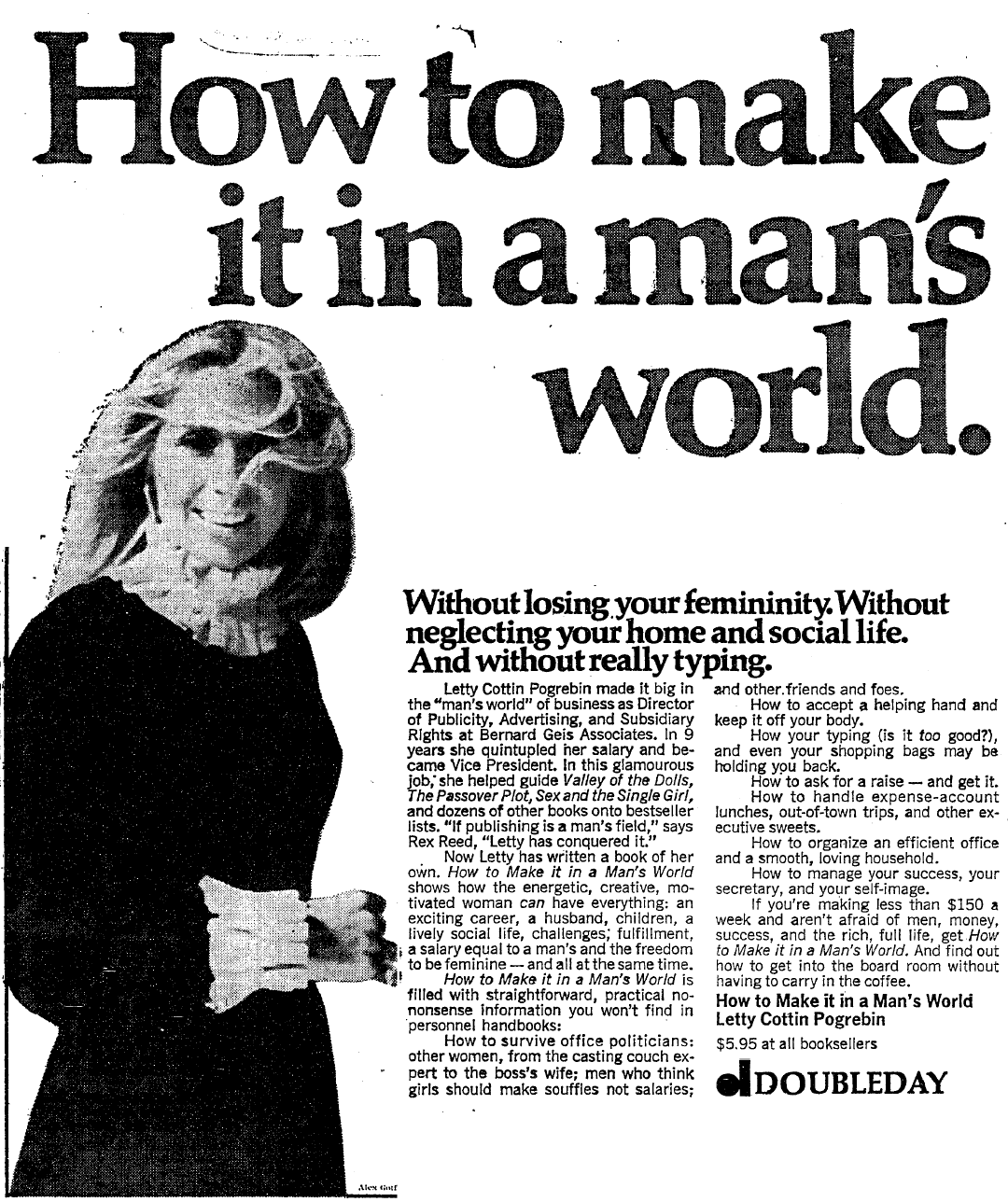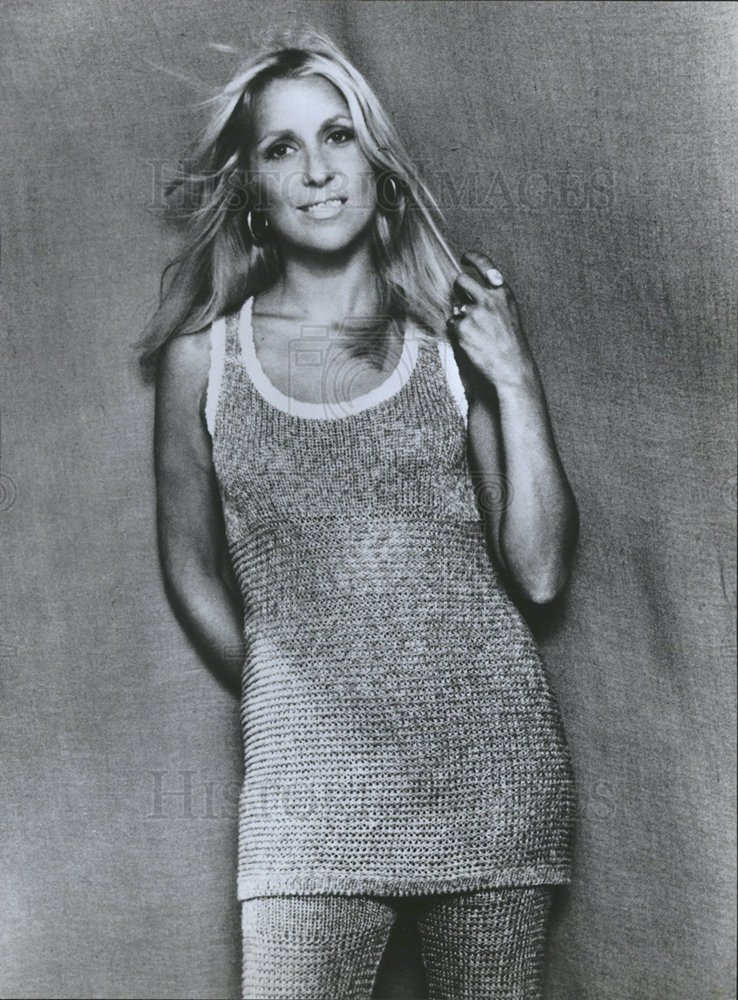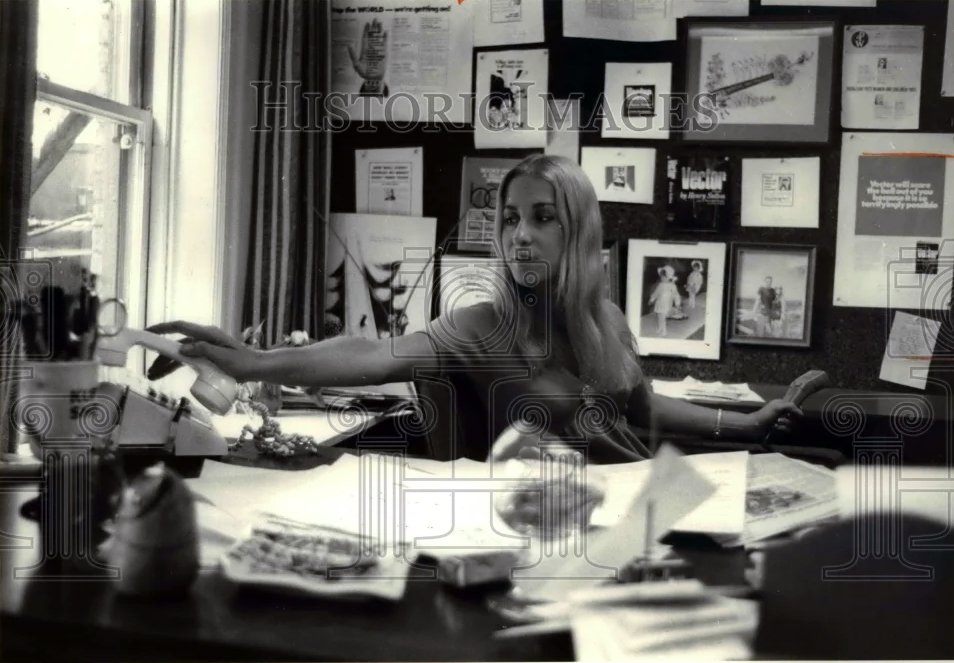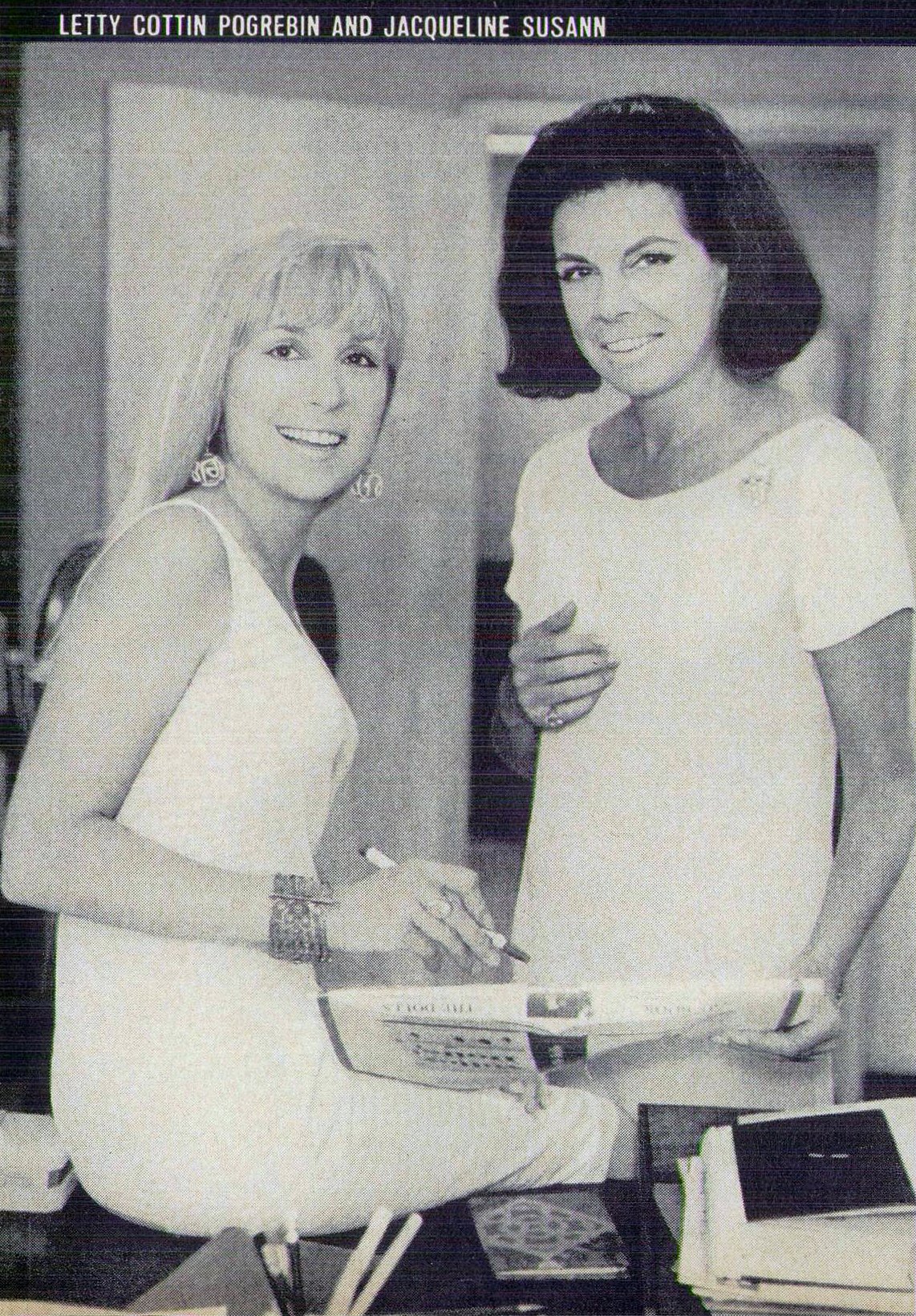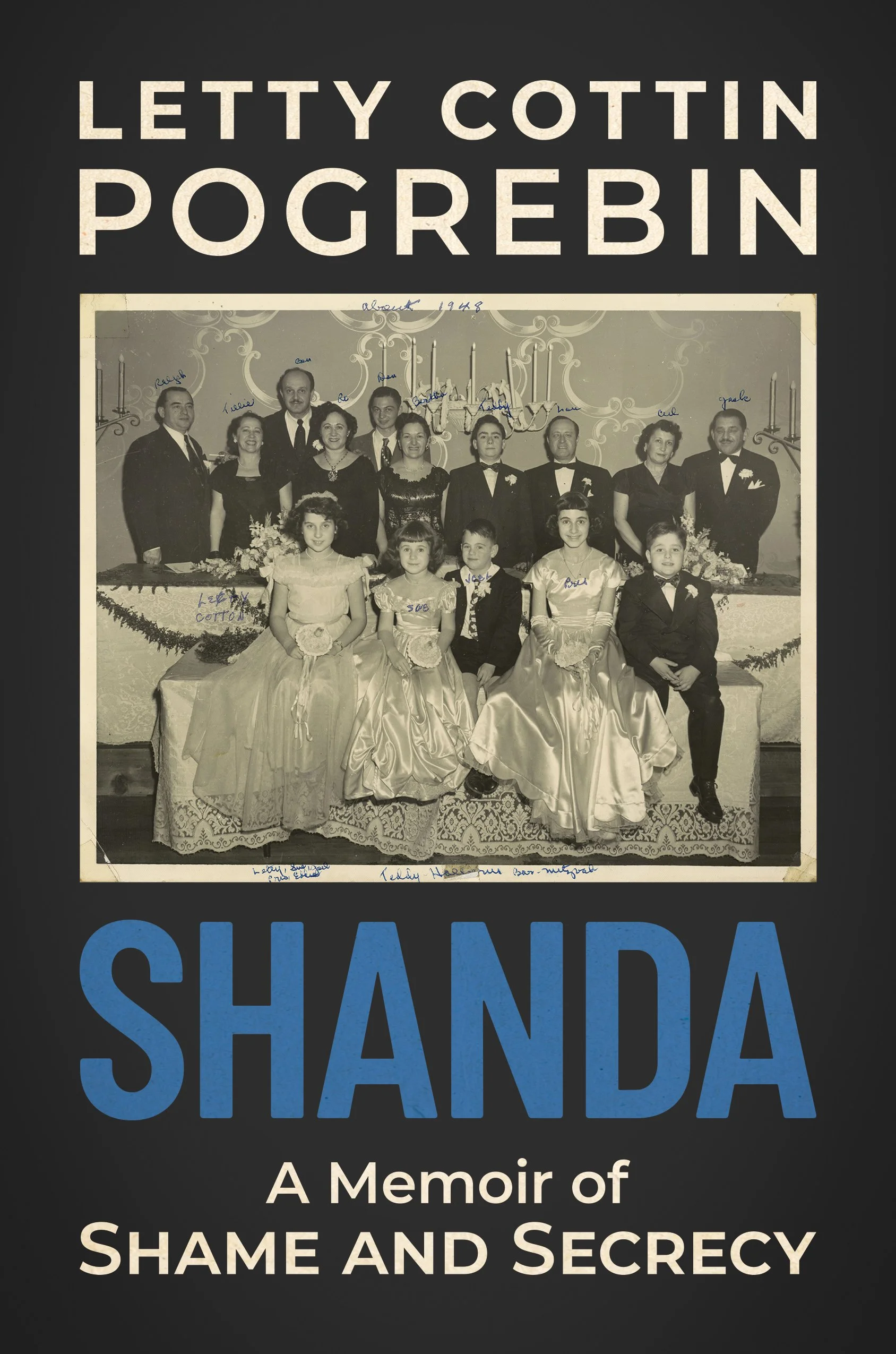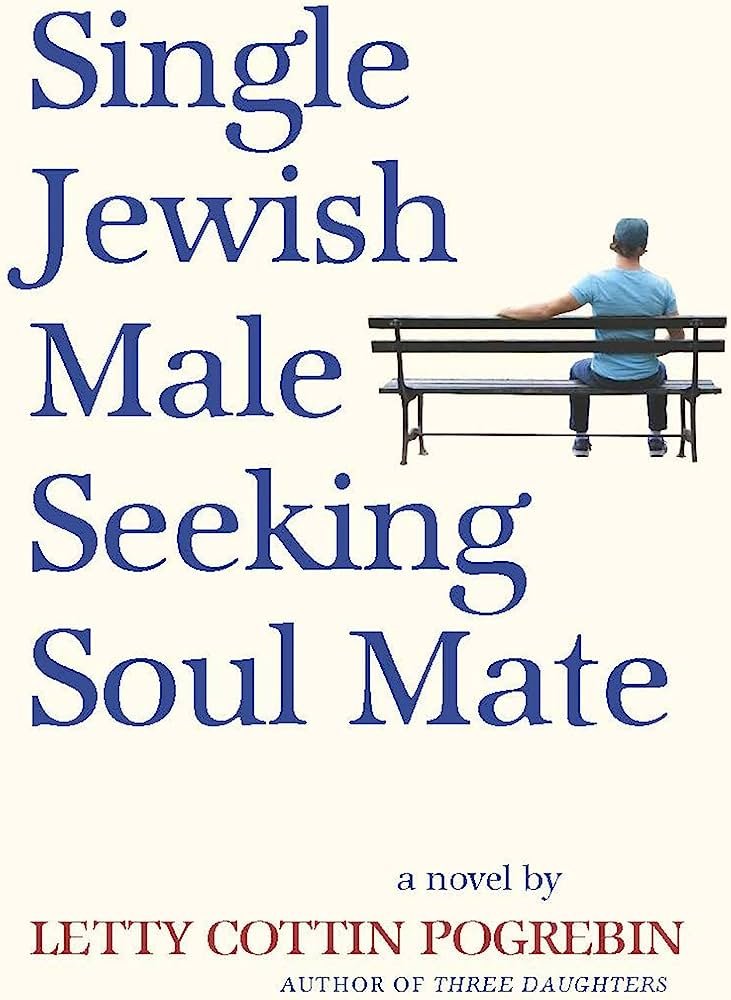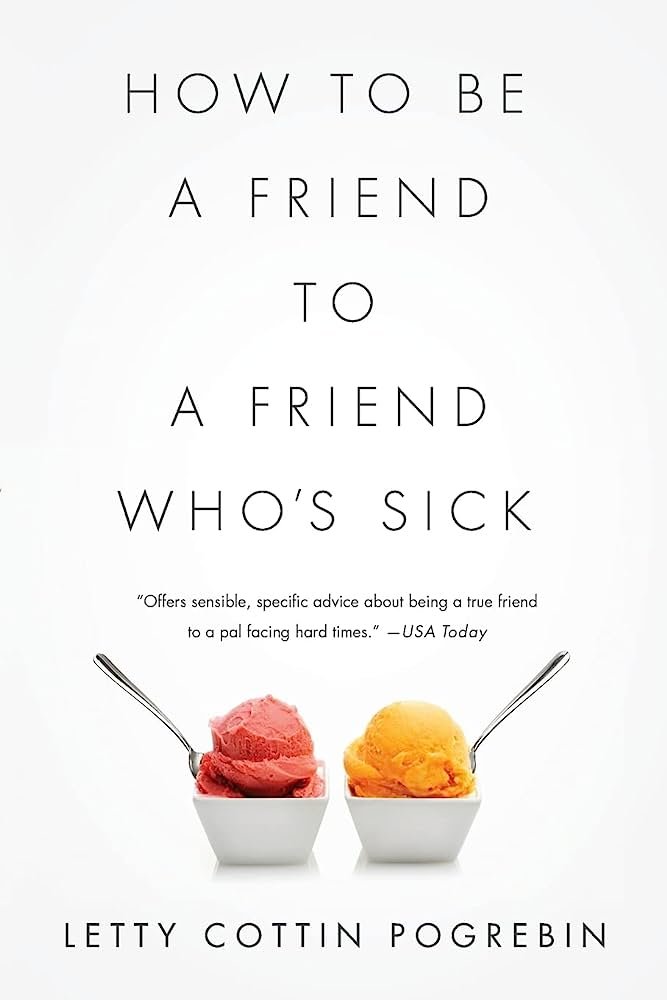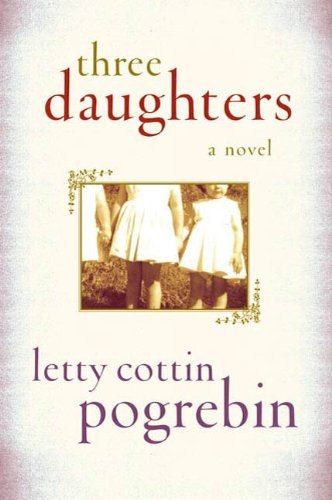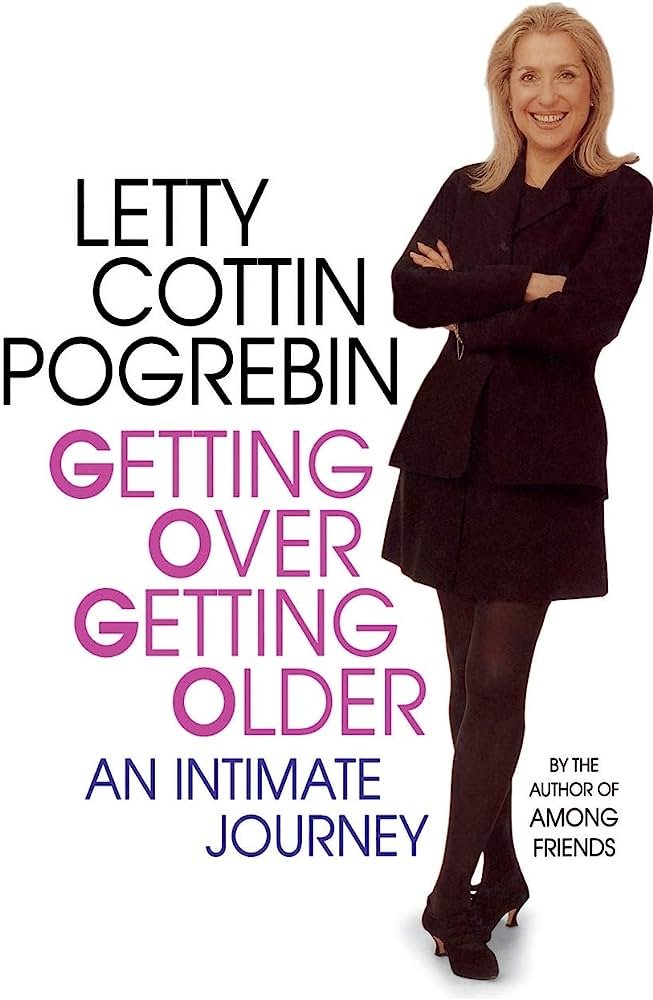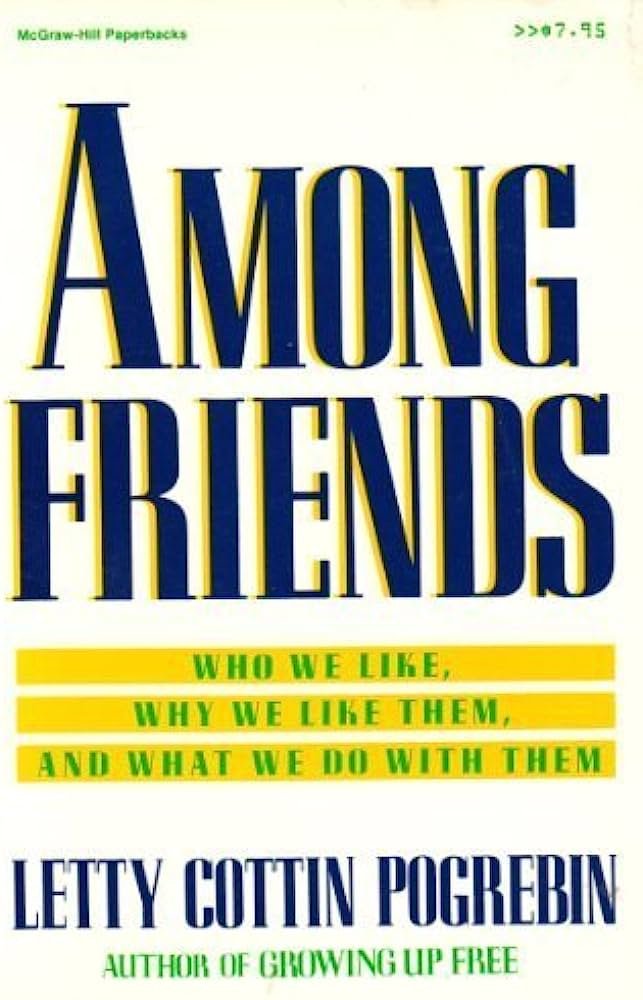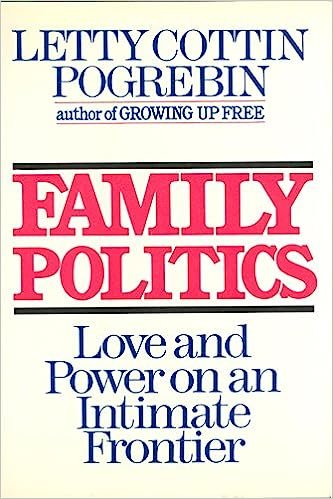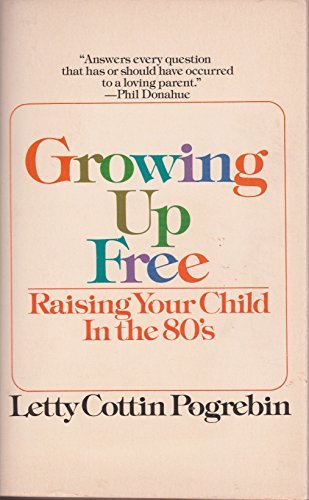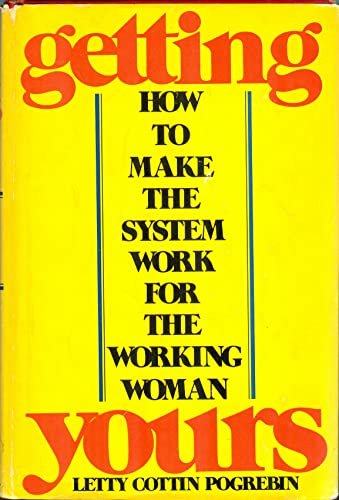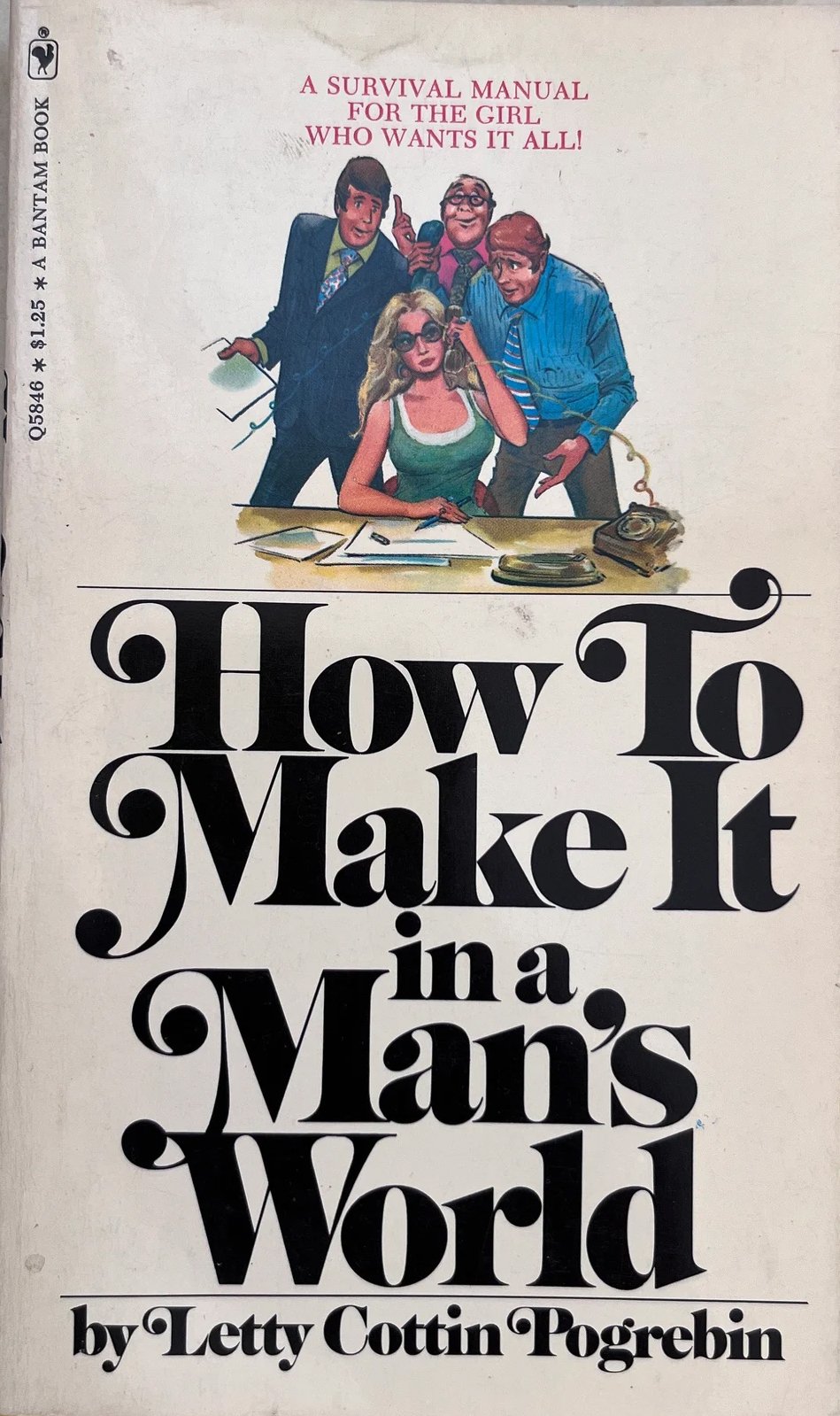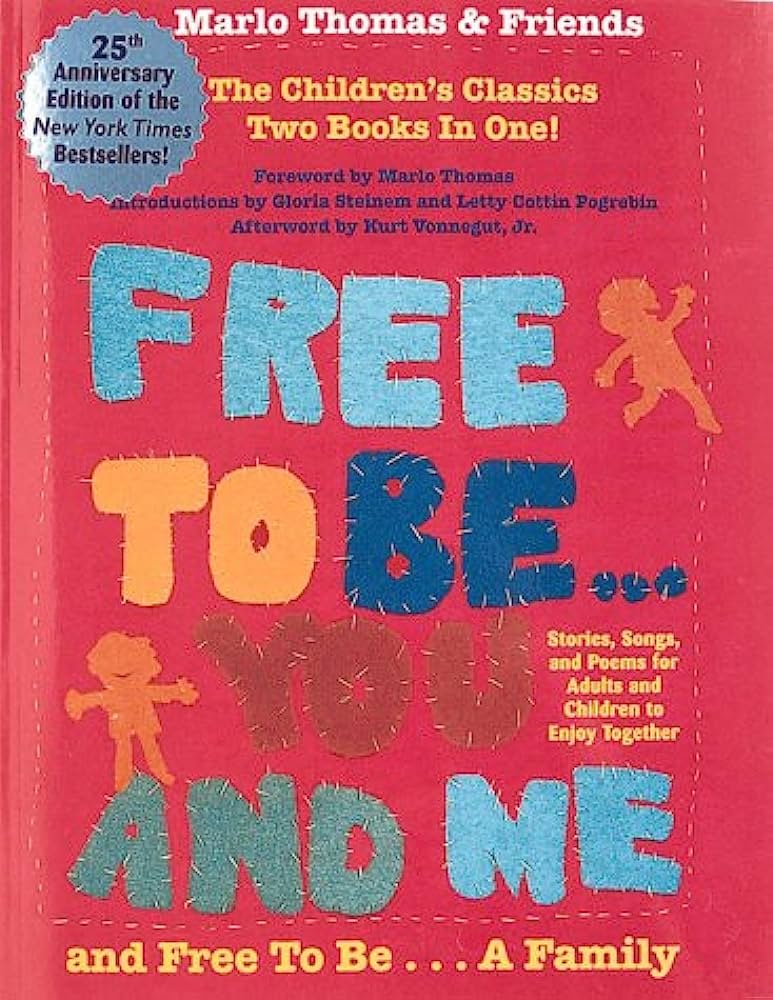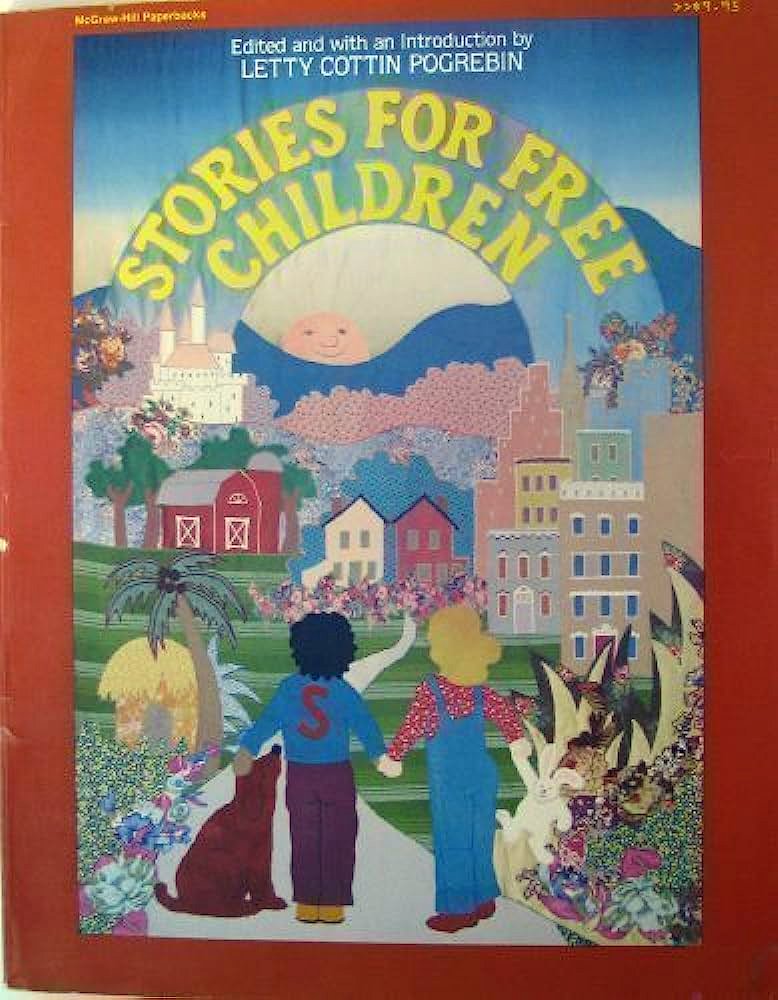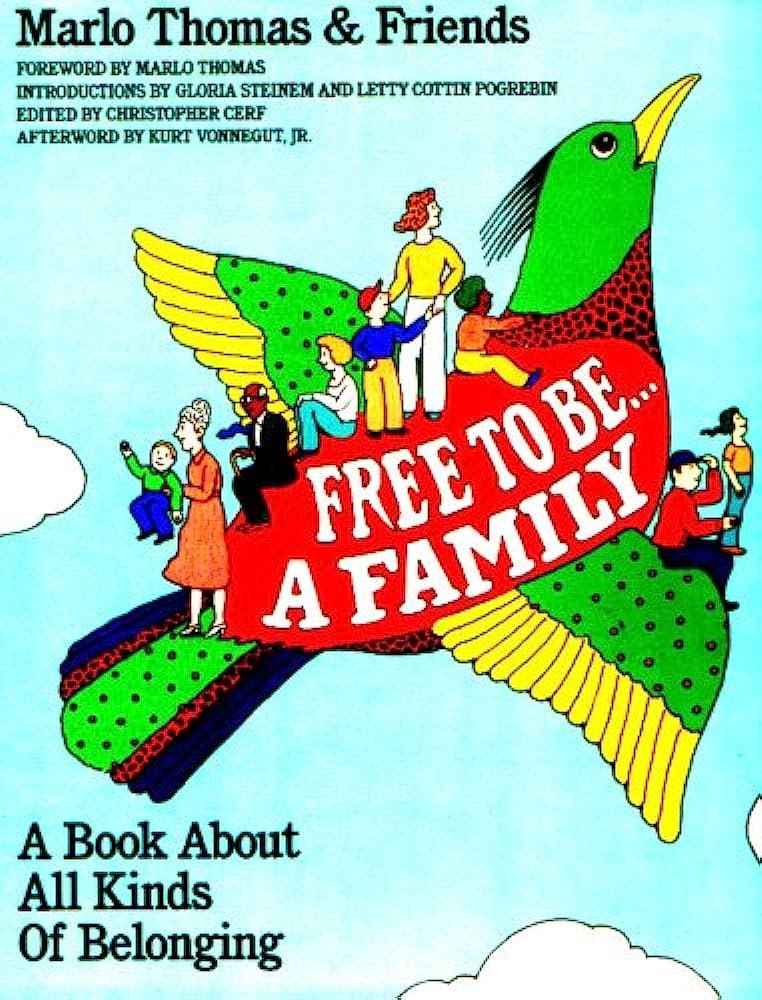Episode 38: Letty Cottin Pogrebin
Last year I started a Substack newsletter, also called Sighs and Whispers, which covers many of the same themes as this podcast. You should sign up! I send out one free newsletter a week and one paid—all financial support of the newsletter allows me the time to write the newsletter, make this podcast, and do my Instagram, so please do consider becoming a paid subscriber.
Letty and her client at Bernard Geiss, novelist Jacqueline Susann. Photo by Henry Grossman, Cosmopolitan, November 1966.
I first came across the name Letty Cottin Pogrebin while reading biographies of Helen Gurley Brown and Jacqueline Susann. From 1960 to 1970, Letty was director of publicity and later vice president of the publishing company Bernard Geis Associates. She rose to publicity director at just 20 years old, her smart and innovative ways of marketing books sending shockwaves through the industry and helping to make giant bestsellers of books like Helen Gurley Brown’s Sex and the Single Girl and Jacqueline Susann’s Valley of the Dolls. For Valley of the Dolls, Letty notoriously sent out fake pills taped to press releases written up on real prescription pads. In 1966, Geiss described her as a “one-hundred-ten-pound package of brilliance, ingenuity, perspicacity, persistence and gall. She keeps us awake sixteen hours a day—eight hours on the job and eight hours of afterglow.” While Letty was known for her long blond hair and groovy clothes, she was more than just a pretty face; as Letty told Cosmopolitan in 1966, "You can't be just a sweet, shy, pretty girl who sits in a corner and does her job well. You've got to have style . . . a beat. Sleeping around won't get you there, either."
All the while that she was succeeding in publishing, Letty was happily married to labor lawyer Bert Pogrebin and raising kids (twin daughters and a son)—truly seeming to have it all. This ability to succeed in business and at home led to her first book; while still working for Geiss she wrote a quasi-memoir-cum-instructional manual, How to Make it in a Man’s World, that laid out how to survive and excel in business as a young working woman. A decade ago, I tracked down a copy and then spent years trying to set up an interview with her.
Ms. staff portrait, 1972 - Letty is in the middle, back row, with sunglasses on. Photo by Mary Ellen Mark.
Letty grew up in Queens in a conservative Jewish family. After her mother died when she was fifteen, Letty graduated high school at sixteen and then studied at Brandeis while working in newspapers and book publishing over the summers. After the success of How to Make it in a Man’s World, Letty began writing a column for Ladies' Home Journal called "The Working Woman,” which continued for ten years. Based on a good review Letty’s book received in the New York Times, Betty Friedan invited her to attend the Organizing Convention for the National Women's Political Caucus in 1971; listening to hours of discussion on women’s issues proved to be a revelation for Letty, who emerged a dedicated feminist. At that convention she met Gloria Steinem; together they founded Ms. magazine in 1972. Letty was an editorial consultant for the 1972 TV special Free to Be... You and Me for which she earned an Emmy. Throughout the 70s, 80s, 90s, and up to today, she has continued writing books—centering on subjects around the family, raising children, friendship, being a working woman, aging, and Judaism. Over her career, Letty has written twelve books (two novels and ten non-fiction) and edited three.
Her latest book, Shanda: A Memoir of Shame and Secrecy, was released last year; in it, she unfurls generations of secrets in her family and discusses how the Jewish teaching of “Shanda,” or shame, perpetuated constant paranoia and secrecy. A chance discovery of a bag of old letters and documents stuffed in a cupboard sent Letty on a journey of discovery into her family’s secrets, leading her to become open about the things she had chosen to hide—from multiple abortions to illness. Letty describes it as “the story of three generations of complicated, intense 20th-century Jews for whom the desire to fit in and the fear of public humiliation either drove their aspirations or crushed their spirit.”
Letty and Bert, c. 2014.
A leader in many social justice causes, Letty served two terms as president of The Authors Guild, a national organization dedicated to the protection of writers’ copyright and contract rights; and two terms as chair of the board of Americans for Peace Now, an advocacy organization working to promote a negotiated solution to the Israeli-Palestinian conflict. She was also a co-founder of the National Women’s Political Caucus; the Ms. Foundation for Women; the UJA-Federation Task Force on Women; and the International Center for Peace in the Middle East. Letty’s Substack newsletter brings together links and discussions about the subjects closest to her heart: Judaism, feminism, Israel/Palestine, human rights, democracy, and all social justice issues.
In this interview, we chat about everything—her childhood, the abortions she had as a teen in college in the 1950s, how she got her start in publishing, her long marriage, what Mad Men got right about the 1960s, discovering feminism, Ms. Magazine, balancing career and family life, being a working writer, and rediscovering Judaism.
Letty turned 84 on June 9th, and she continues to write from the Upper West Side apartment that she and Bert have shared since 1970. Their 60th wedding anniversary will be this December.
Listen and subscribe to the podcast on Apple Podcasts

